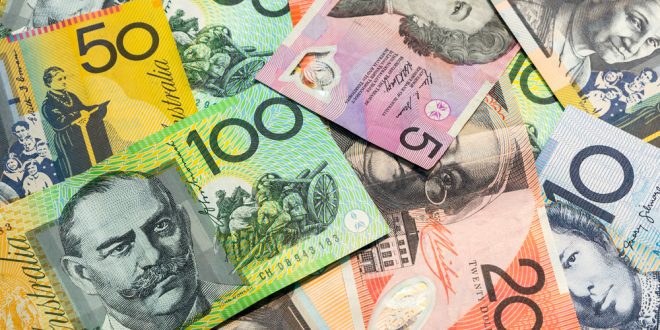As US inflation shows signs of easing, the AUD/USD pair rises 0.66% and targets 0.6700, weakening the US dollar. The AUD is supported by lowered expectations of aggressive Fed rates, despite poorer Chinese data and lower CPI.
As the end of the week, the month, and the quarter draws near, the US economic docket provided a wealth of data. The US Department of Commerce delivered the US Fed preferred gauge for inflation, the Core Personal Consumption Expenditures (PCE), which rose by 0.3% MoM, in line with estimates, below April’s 0.4%.
Annual data showed a decrease to 4.6% from 4.7% in the previous month, indicating that inflation is entrenching rather than declining at the Fed’s predicted rate. Inflation edged substantially lower than monthly data, according to headline data.
Reconsideration of the Fed’s attitude on future tightening is reflected in the rise of the Australian dollar and the decline of the US Dollar Index by 0.48%. In spite of strong data released on Thursday, the US Dollar fell as economic data from the US revealed that inflation is cooling.
As a result, the pair surges strongly and prepares to target the 0.6700 level. As a result, the Australian Dollar (AUD) enjoys some relief, as the AUD/USD pair trades at 0.6658, up 0.66% from its daily low of 0.6603.
Despite poor Chinese data and muted RBA predictions, falling US inflation weakens the dollar and strengthens the Australian dollar.
In other data, the PMI for the Chicago National Activity Index increased to 41.5 from 40.4 in May, a moderate rise that fell short of expansionary levels. The University of Michigan (UoM) Consumer Sentiment Survey increased by 64.4 at the same time, above expectations and the initial reading of 63.9.
On the Australian front, the Aussie (AUD) is still under pressure from lower Chinese data since manufacturing data during the Asian session dampened market sentiment. After the most recent CPI report revealed inflation had fallen to a 13-month low, expectations for further tightening by the Reserve Bank of Australia (RBA) decreased. So, by July, money market futures indicate a six basis point tightening, but investors anticipate that rates would peak in December 2023 at about 4.50%.
The AUD/USD shot up from roughly 0.6620 to 0.6650 after the announcement of the US data. That shows that traders anticipate the Fed will raise rates, although not as quickly as anticipated, in response to encouraging data released on Thursday. As a result, the yield on US Treasury bonds is decreasing, and the US Dollar Index, which tracks how the dollar performs against a basket of six different currencies, declined by 0.48% to trade at 102.925.
Probabilities for a 25-bps raise in the Fed’s interest rates are still at 87%, and traders continue to anticipate another rate hike in November 2023.

 Noor Trends News, Technical Analysis, Educational Tools and Recommendations
Noor Trends News, Technical Analysis, Educational Tools and Recommendations




